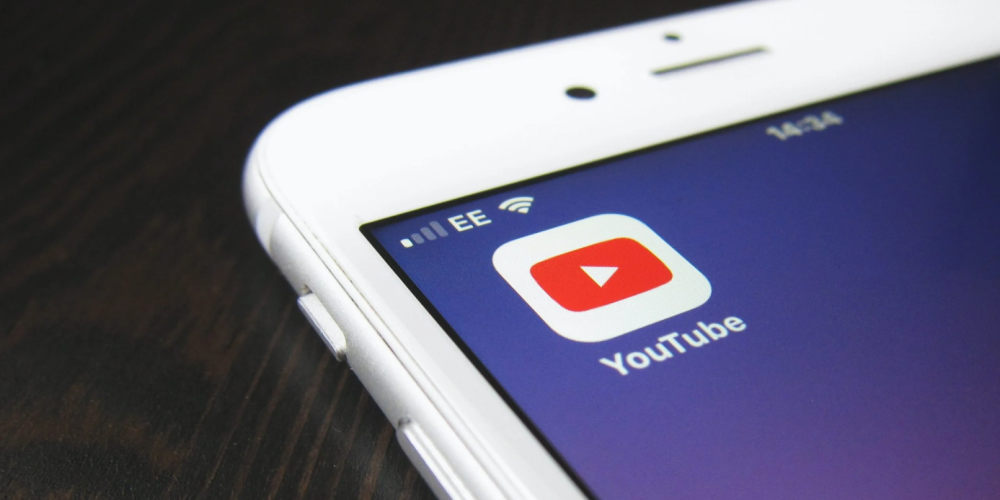Navigating the Wave of YouTube's Enhanced Ad Strategy on TV
- 124

The digital age has made streaming an integral part of our daily entertainment and information consumption, with YouTube being a ubiquitous presence. Viewers dive into a sea of varied content, only to have the immersion broken by the all-too-familiar presence of ads. Indeed, the anxiety of waiting for a “Skip Ad” button has become a shared cultural experience. With the platform's ever-evolving monetization strategies, the latest development is one that's been making waves: a change in the way ads will be presented to viewers on YouTube TV.
YouTube is altering how advertisements punctuate video content on its platform, particularly on smart TVs. Viewers, who have been accustomed to frequent but shorter breaks, will be faced with a new rhythm. The upcoming change signals a shift towards longer ads, with the positive trade-off of fewer interruptions. It's a move reminiscent of traditional television, which raises questions about the viewer experience in the age of streaming—is YouTube aiming to provide a smoother viewing journey, or is the change a purely revenue-driven decision? The alteration is nuanced and could make a significant impact on how content is consumed.
This advertisement adjustment prompts a strategic examination of user behavior: does the annoyance of multiple interruptions outweigh the frustration associated with lengthy, potentially unskippable commercials? YouTube's decision implies a wager on user tolerance and adaptability. It also brings a spotlight onto alternative remedies for ad fatigue, including YouTube Premium subscriptions or the potential upsurge in the use of ad-blocking technologies. Ironically, this modification might fuel a greater inclination towards ad-free solutions, thereby suggesting a need for a balance between ad revenue and user satisfaction.
While this change may appear to be a straightforward elongation of ads, the implications ripple outward, affecting creators, consumers, and the platform itself. Content creators, reliant on ad revenue, may find this approach supports a more engaged audience if fewer interruptions lead to a heightened focus on their material. Conversely, if the change serves to alienate viewers, creators may feel the repercussions in viewer retention rates and overall engagement. The platform must then ask itself how it can innovatively meld advertiser goals with user satisfaction.
In the grand arc of YouTube's progression, this latest pivot in the ad-delivery strategy marks another chapter in the ever-changing landscape of digital content consumption. Will viewers adapt to these extended ad sequences with aplomb, viewing them as a welcome breather between content binges, or will they rev up their defenses, seeking out more user-centric viewing solutions? Only time will tell, but what is certain is that the dance between viewers, platforms, and advertisers will continue to evolve, driven by the pursuit of the perfect symbiosis between user experience and commercial viability.